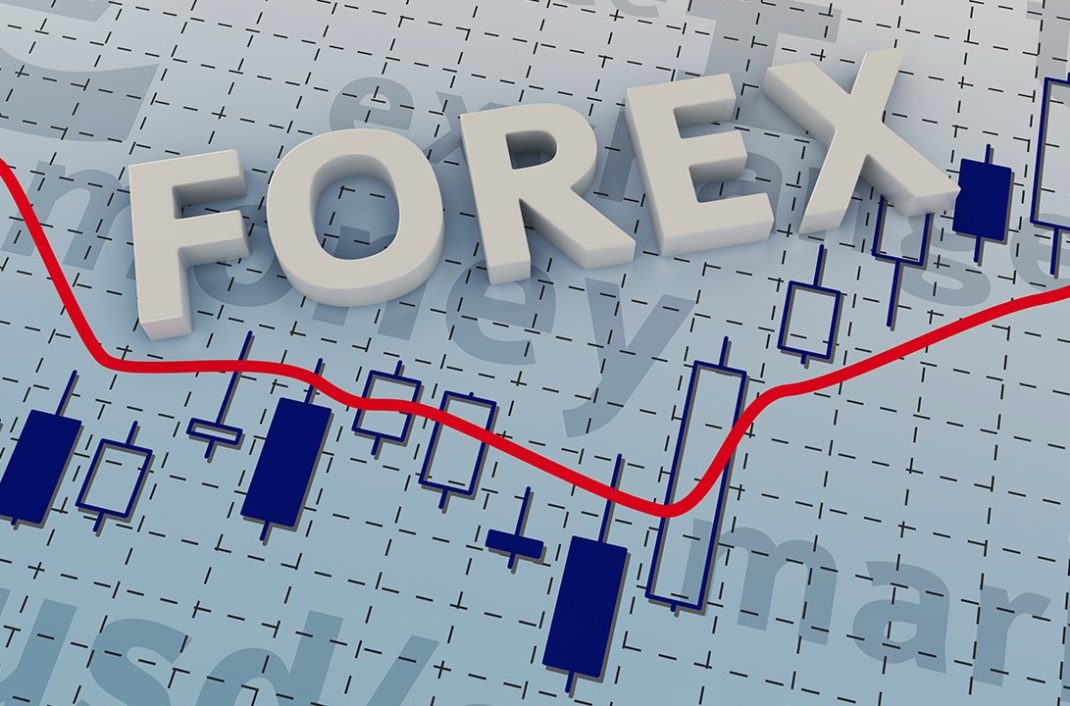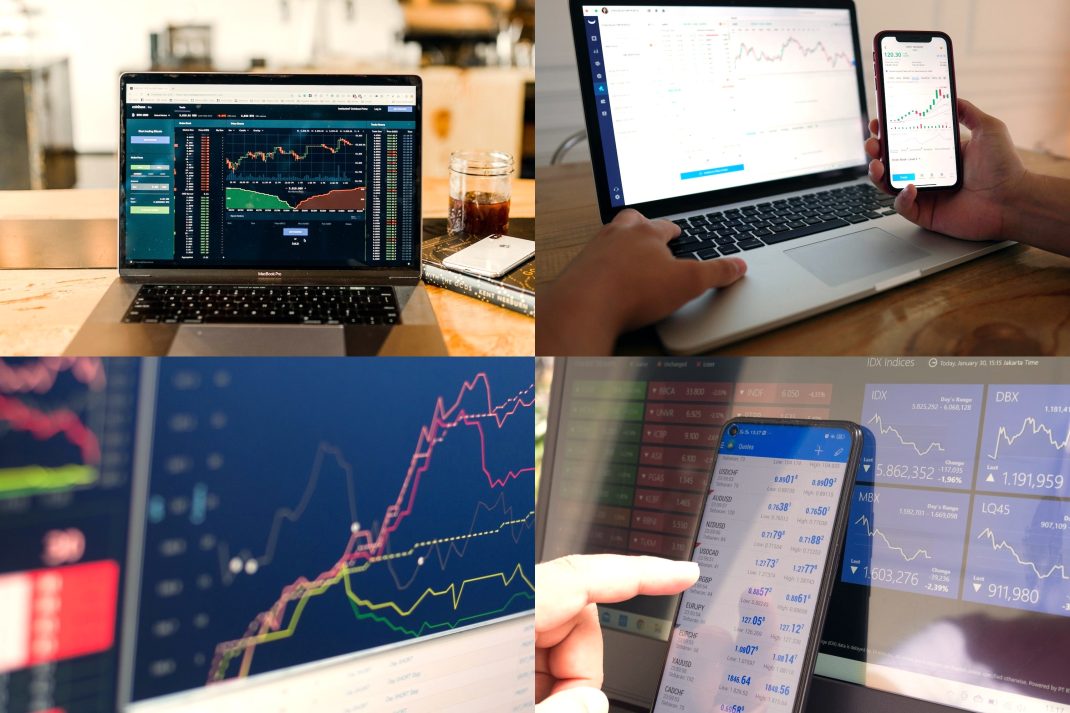The Forex market is one of the most liquid and dynamic financial markets, with billions of dollars traded daily. As a result, it has attracted traders and investors from all over the world. The Forex market is unique due to its decentralized nature, with no central exchange or regulator. The market is driven by a complex set of factors, including global economic conditions, political events, and technological advancements.

In recent years, the use of microstructural models has become increasingly prevalent in Forex trading. These models provide a more granular understanding of market dynamics by analyzing the order book structure, spread, and other micro-level data. By leveraging this information, traders can make more informed decisions and improve their trading strategies.
In the world of Forex trading, the use of microstructural models has been gaining popularity due to their ability to capture the intricacies of market dynamics. This article aims to explore the application of microstructural models in Forex markets and provide an overview of the order book structure, spread analysis, and the impact of macroeconomic data.
– How to Develop Winning Forex Trading Strategies: A Step-by-Step Guide
Contents
Order Book Structure
Order book structure is a fundamental aspect of forex markets that is often overlooked by retail traders. The order book, also known as the depth of market (DOM), provides traders with a real-time view of the supply and demand for a particular currency pair at different price levels. Understanding how to read and interpret the order book is a critical skill for traders looking to gain an edge in the forex market.
What is the Order Book?
The order book is a list of all outstanding buy and sell orders for a particular currency pair at different price levels. In other words, it is a real-time record of the open orders that market participants have placed on the forex market. The order book is typically displayed as a table, with the bids (buy orders) on the left-hand side and the asks (sell orders) on the right-hand side.
Each entry in the order book typically includes the following information:
Price: The price at which the order was placed
Size: The number of units (or lots) that were ordered
Time: The time at which the order was placed
How to Interpret the Order Book
The order book is a valuable tool for traders because it provides insight into the supply and demand for a particular currency pair. By looking at the order book, traders can see the number of buy and sell orders at different price levels, which can help them identify potential support and resistance levels.
For example, if there are a large number of buy orders at a particular price level, this can indicate that traders are willing to buy the currency pair at that price. This level can then act as a support level, with traders looking to buy the currency pair if it falls to that level.
Conversely, if there are a large number of sell orders at a particular price level, this can indicate that traders are willing to sell the currency pair at that price. This level can then act as a resistance level, with traders looking to sell the currency pair if it rises to that level.
Order Flow and the Order Book
Order flow refers to the flow of buy and sell orders in the forex market. The order book provides traders with a real-time view of order flow, allowing them to see the volume of orders being placed and executed in the market. By analyzing order flow, traders can gain insight into the market sentiment and make more informed trading decisions.
For example, if there is a large volume of buy orders being placed at a particular price level, this can indicate that traders are bullish on the currency pair. This can provide a signal to traders that it may be a good time to buy the currency pair, as there is likely to be upward pressure on the price.
The order book is a valuable tool for traders looking to gain insight into the supply and demand for a particular currency pair. By understanding how to read and interpret the order book, traders can identify potential support and resistance levels, and gain insight into market sentiment through order flow analysis. The order book is just one of the many tools available to forex traders, but it is an essential one that should not be overlooked.

Spread Analysis
In forex trading, understanding and analyzing spreads is an essential component of successful trading. A spread is the difference between the bid price (the price at which a trader can sell a currency pair) and the ask price (the price at which a trader can buy a currency pair). This difference in price represents the cost of trading and is usually expressed in pips.
The spread can be affected by a variety of factors, including market volatility, liquidity, and the broker’s pricing model. A tight spread is generally preferred by traders, as it can result in lower trading costs and a more favorable entry or exit point.
– Ethereum (ETH): The Smart Contract Platform
There are two main types of spread:
Fixed and variable. A fixed spread remains constant, regardless of market conditions, while a variable spread fluctuates based on market volatility and liquidity.
To analyze spread data, traders can use a variety of tools and techniques. One commonly used tool is the spread indicator, which displays the current spread and historical data for a particular currency pair. Traders can use this information to identify trends in spread data, as well as to make informed decisions about when to enter or exit a trade.
Another important consideration when analyzing spreads is the broker’s pricing model. Some brokers offer commission-based pricing, while others use a markup or spread-based pricing model. Commission-based pricing typically results in lower spreads but higher commission costs, while spread-based pricing can result in wider spreads but lower commission costs.
In addition to analyzing spreads, traders should also consider the impact of macroeconomic data and events on spread volatility. Economic indicators such as GDP, inflation, and interest rates can all affect currency prices and, consequently, spread volatility. Similarly, major geopolitical events can also impact spread volatility, as they can cause sudden shifts in market sentiment and liquidity.
Overall, spread analysis is a critical component of successful forex trading. By understanding the factors that affect spreads and using tools and techniques to analyze spread data, traders can make informed decisions and improve their chances of success in the forex markets.
Impact of Macroeconomic Data
Forex markets are influenced by a wide range of factors, including economic data releases, geopolitical events, and central bank policy decisions. Among these factors, macroeconomic indicators are particularly important, as they provide insight into the overall health of an economy and can have a significant impact on currency values. In this article, we will explore the key macroeconomic indicators that traders should watch and how they can affect forex markets.
Gross Domestic Product (GDP)
Gross Domestic Product (GDP) is one of the most widely watched macroeconomic indicators. It measures the total value of goods and services produced within a country’s borders over a specific period, usually a quarter or a year. A higher GDP generally indicates a stronger economy, which can lead to higher demand for a currency and a potential increase in its value. Conversely, a lower GDP can lead to decreased demand for a currency and a potential decrease in its value.
Inflation
Inflation is another important macroeconomic indicator. It measures the rate at which the prices of goods and services in an economy are increasing over time. Central banks closely monitor inflation, as it can have a significant impact on interest rates and monetary policy. Generally, if inflation is high, central banks may raise interest rates to curb inflation. Higher interest rates can attract foreign investment, which can lead to a stronger currency. On the other hand, if inflation is low, central banks may lower interest rates to stimulate economic growth. Lower interest rates can lead to decreased demand for a currency and a potential decrease in its value.
Employment
Employment data is another key macroeconomic indicator that traders should watch. Employment data includes the unemployment rate, which measures the percentage of people who are unemployed but actively seeking employment, as well as non-farm payrolls, which measures the number of people employed in the non-farm sector. A higher unemployment rate generally indicates a weaker economy, which can lead to decreased demand for a currency and a potential decrease in its value. Conversely, a lower unemployment rate can lead to increased demand for a currency and a potential increase in its value.
Central Bank Policy
Central bank policy decisions can also have a significant impact on forex markets. Central banks use a range of tools, including interest rates and quantitative easing, to control the money supply and manage inflation. Traders closely monitor central bank policy decisions and statements for signals of potential changes in interest rates or monetary policy. A shift in monetary policy can lead to increased volatility in forex markets and potential changes in currency values.
In conclusion, macroeconomic indicators play a significant role in forex markets. Traders should stay informed about economic data releases and central bank policy decisions, as they can have a significant impact on currency values. By understanding the impact of macroeconomic indicators on forex markets, traders can make informed trading decisions and potentially profit from changes in currency values. (Bitcoin (BTC))
Conclusion
Microstructural models have proven to be an effective tool for analyzing Forex markets, providing traders with a more granular understanding of market dynamics. By analyzing the order book structure, spread, and macroeconomic data, traders can make more informed decisions and improve their trading strategies. As the Forex market continues to evolve, the use of microstructural models is likely to become even more prevalent.




